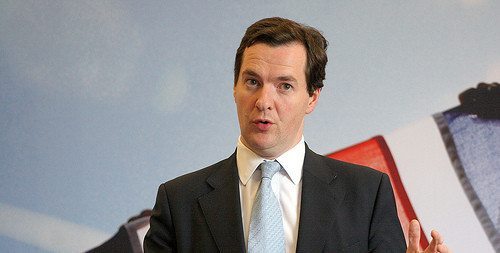Government cap on student numbers to be lifted
The cap on the number of students admitted to English universities will be lifted in 2015, Chancellor George Osborne has said in his Autumn Statement.
Universities will be able to admit an extra 30 000 students in October 2014, and all restrictions will be removed for 2015.
Although British first and second years pay £9000 a year in tuition fees, this does not represent the full cost of their education, which remains heavily subsidised by the government.
The Chancellor intends to fund the subsidies for the additional university places by selling student debts to private companies. He is hoping especially to fund science, technology and engineering courses.
Sale of student debt is not new: the government has already sold the old student loan book and the remaining 17% of the mortgage style loans taken out by students in the 1990s.
These sales amounted to £890m and have returned profits of £160m.
Mr Osborne claims that there are 60,000 young people in the UK who are capable of going to university, but are prevented by what he described as an “arbitrary cap”.
The announcement comes in the 50th anniversary of the Robbins Report, which challenged the then established view that only a very small proportion of the population was suitable for a university education.
Currently, universities are free to accept as many top performing applicants as they wish. They are fined if the exceed limit on the number of other students they recruit.
These developments have concerned certain Russel Group institutions, worrying that the quality of graduates might be diluted.
Further fears were raised over how the policy will be funded in the future, given that it will be funded in the short term by asset sales.
The Treasury estimates that the extra cost of the new policy will total £5.5bn in the five years, and £3.5bn in every subsequent five year period.

Comments